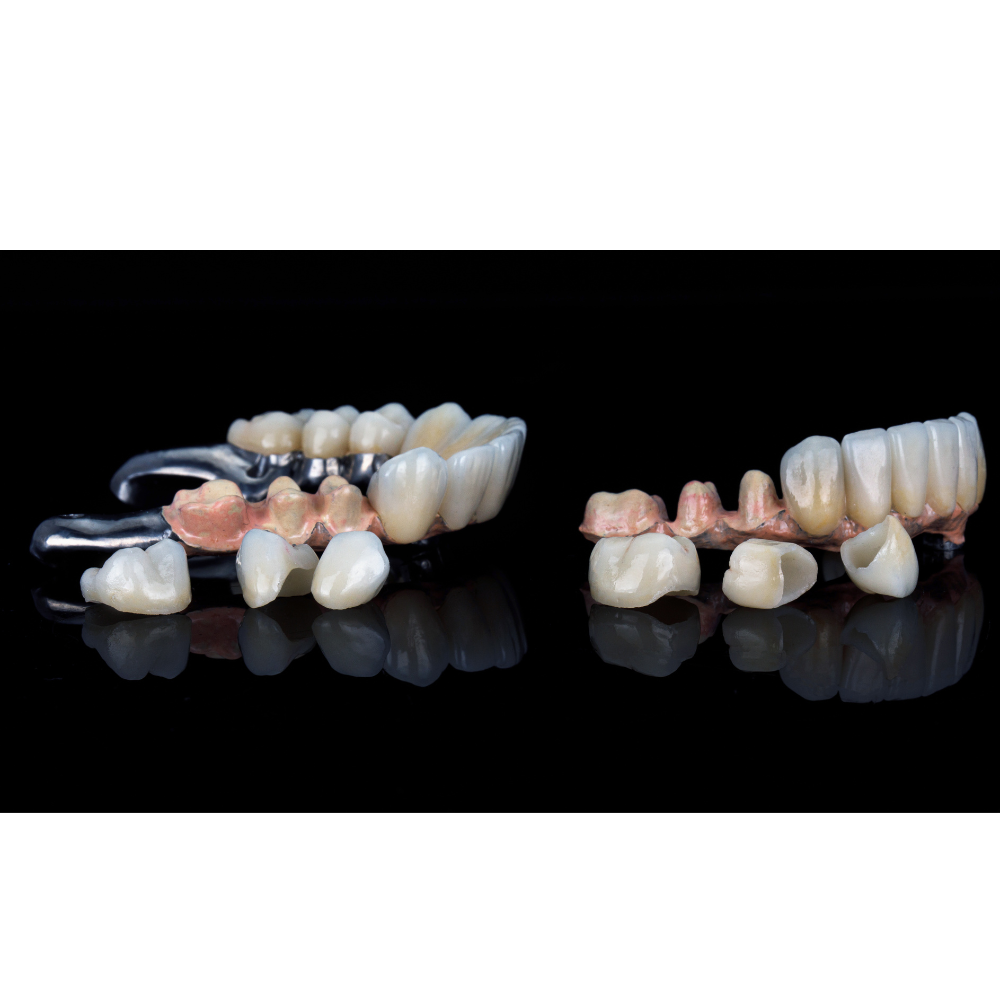How Often Do Fillings Need to be Replaced | Key Principles
Picture this: you’re minding your own business, maybe enjoying your favorite crunchy snack, when out of nowhere, bam, a toothache joins the party. But, don’t worry, the filling, swoops in for the rescue! But, keep in mind, that it is not a permanent solution but a temporary one. And when we say temporary one, it means still many years. Filling often needs to be replaced but it depends on what type of dental filling it is. Let’s have a look at different types of dental fillings so we may have an idea about the duration of replacement filling.
Types of Dental Fillings

Amalgam Fillings (Amalgam fillings are composed of a mixture of metals that mainly include copper, silver, tin, and mercury. It is silver in color and visibly pleasing.)
Composite Fillings (Composite fillings are made up of small particles of glass and different plastic resins. It blends with the color and looks aesthetically pleasing.)
Ceramic Fillings (As its name says, it is made up of different ceramics including porcelain. It shows resistance against stains to teeth.)
Glass Ionomer Fillings (Talking about its composition, it is composed of different types of glass materials and acrylic. Glass Ionomer fillings show great resistance against tooth decay.)
Gold Fillings (The expensive option crafted from gold alloy. It is known for its durability.)
Compomer Fillings (Finally, a compomer filling is the result of the blend of composite and glass ionomer fillings offering the properties of both types.)
These were a few types of dental fillings. Now, let’s have a look at the duration of replacement filling.
How Often Do Fillings Need to Be Replaced
Fillings often need to be replaced after a few years. It entirely depends on the type of material used. Generally, it ranges between 5 years to up to 25-30 years subject to type of dental filling. Material wise,
- Amalgam fillings last between 10 years to 20 years on average.
- Composite fillings last between 5-10 years and in some cases up to 15 years subject to care and their location.
- Ceramic fillings can last up to 15 years.
- Glass ionomer fillings have a moderate lifespan ranging between 5-10 years by maximum.
- Gold fillings are the most durable option and can last up to 20-30 years.
- Lastly, compomer fillings have a lifespan of around 5-7 years.
4 Signs You Need to Replace a Filling
There is a need to replace toothfilling when you start seeing signs. Here are 4 signs you must take seriously to replace a filling.
Tooth Sensitivity

Ring up your dentist if you feel tooth sensitivity to hot, cold, or sweet. Also, if you are feeling discomfort or textural change in teeth, it is also an indicator.
Filling Discoloration
Filling discoloration is a visual cue that suggests decay or deterioration. You need to consult your dentist for immediate replacement of filling in that scenario.
Visible Damage
A visible damage like a hole in a filled tooth, crack, chip, or wear demands a replacement to avoid further dental problems.
Age of the Filling
Lastly, every filling has a lifespan. If it has completed its duration, don’t wait to see or feel any issues. Simply consult your dental specialist and chin up to replace a filling for continued peace and comfort.
How To Make Dental Fillings Last Longer?
The lifespan of dental filling is subjected to proper care (brushing, flossing), maintaining good oral hygiene, regular checkups, avoiding extra pressure on particular areas, avoiding chewing hard objects, staying hydrated, limiting alcohol consumption as it dries up the mouth, avoiding sugar and sticky meals, and finally having a balanced and good diet. Following these dos and don’ts will surely increase the lifespan of the filling.
Why Tooth with Filling Hurts Years Later?
There are various factors involved in pain in a tooth with a filling years later. Chances are, new decay is developed around the filling, which is exposing nerves and causing discomfort. Inflammation or infection could occur if bacteria infiltrate the tooth. Changes in bite alignment or gum recession might contribute to sensitivity or pain. Nerve irritation from previous procedures may persist.



